Global Seafood Trade: How Your Favorite Fish Travels Across the World
By. Wiwik Rasmini - 03 Sep 2025.jpg)
Kelolalaut.com Seafood is one of the most traded food commodities in the world. From sushi-grade tuna in Japan to frozen shrimp in Europe and salmon fillets in the United States, millions of tons of seafood travel across international borders each year. For many consumers, the journey from ocean to plate is invisible, yet it is an intricate global process involving fishermen, processors, exporters, regulators, and distributors. Understanding this journey highlights not only the value of seafood in our diets but also the complexity of global food systems.
From Ocean to Harvest
The journey begins at sea, where fishermen or aquaculture farmers harvest fish, shrimp, mollusks, or crabs. Depending on the species, harvesting may take place in local waters or far out in the open ocean. For example, wild-caught tuna may be caught thousands of miles from the consumer’s dining table. In contrast, farmed salmon in Norway or shrimp in Indonesia are raised in controlled environments before entering the supply chain. At this stage, speed and handling are critical. Freshly caught seafood is highly perishable, so it must be chilled or frozen immediately to preserve its quality. This first step ensures that by the time the product reaches the market, it is still safe and appealing for consumers.
Processing and Preservation
Once harvested, seafood is typically sent to processing facilities. Here, fish are cleaned, filleted, packaged, and often frozen using advanced methods such as flash freezing or individually quick freezing (IQF). Freezing not only extends shelf life but also locks in nutrients and flavor. Processing plants may be located near the fishing grounds or in countries with strong seafood processing industries, such as China, Thailand, and Vietnam. This step adds value to the raw product and prepares it for long journeys to distant markets.
Crossing Borders: Regulations and Standards
Before seafood can enter global markets, it must meet strict food safety and quality standards. Many countries require compliance with systems such as Hazard Analysis and Critical Control Points (HACCP) or Good Manufacturing Practices (GMP). These standards ensure that seafood is safe for consumers and free from contamination. Documentation is also a key part of the process. Exporters must provide certificates of origin, health certificates, and records proving that seafood was sourced sustainably and legally. These requirements not only protect consumers but also prevent illegal, unreported, and unregulated (IUU) fishing from entering the supply chain.
Global Distribution and Transport
Once packaged and certified, seafood products begin their long journey across the world. Depending on the product, they may be transported by air, sea, or land. High-value products such as fresh tuna or live lobsters are often shipped by air to reach their destinations quickly. Frozen products like shrimp, squid, or salmon are typically transported in refrigerated containers by cargo ships. Cold chain management—keeping products at consistent, low temperatures throughout transport—is vital. Any break in the cold chain can compromise safety and quality, leading to spoilage and financial loss.
Reaching Consumers
When seafood reaches its destination country, it passes through customs, inspections, and distribution centers before being sent to supermarkets, restaurants, or local markets. By the time it arrives on the plate, a piece of fish may have traveled thousands of kilometers and passed through the hands of numerous professionals, each playing a vital role in ensuring quality and safety. For consumers, this global journey is often invisible. However, every bite of sushi, shrimp cocktail, or grilled salmon is the result of a carefully coordinated international effort.
Why Global Seafood Trade Matters
The global seafood trade benefits both producers and consumers. For coastal communities, seafood exports provide jobs, income, and economic growth. For consumers, trade ensures year-round access to diverse seafood products that may not be available locally. At the same time, global trade highlights the need for sustainability. Overfishing, IUU fishing, and poor handling practices can threaten ecosystems and undermine trust in seafood products. By supporting sustainable fisheries and businesses that prioritize food safety, consumers help strengthen a responsible global seafood system.
The journey of seafood from the ocean to your plate is far more complex than it appears at first glance. From harvesting and processing to international trade and distribution, seafood travels through a sophisticated global network that connects fishermen and farmers to consumers around the world.
Next time you enjoy your favorite seafood dish, remember the long, carefully managed journey it has taken. Behind every bite is a story of global collaboration, innovation, and responsibility—proof that seafood is not just food, but a truly international experience.
If youre interested in our Grouper Fillet Skinless , Grouper Black Dotted Whole Round and Grouper Fillet Portion Cut please do not hesitate to contact us through email and/or whatsap

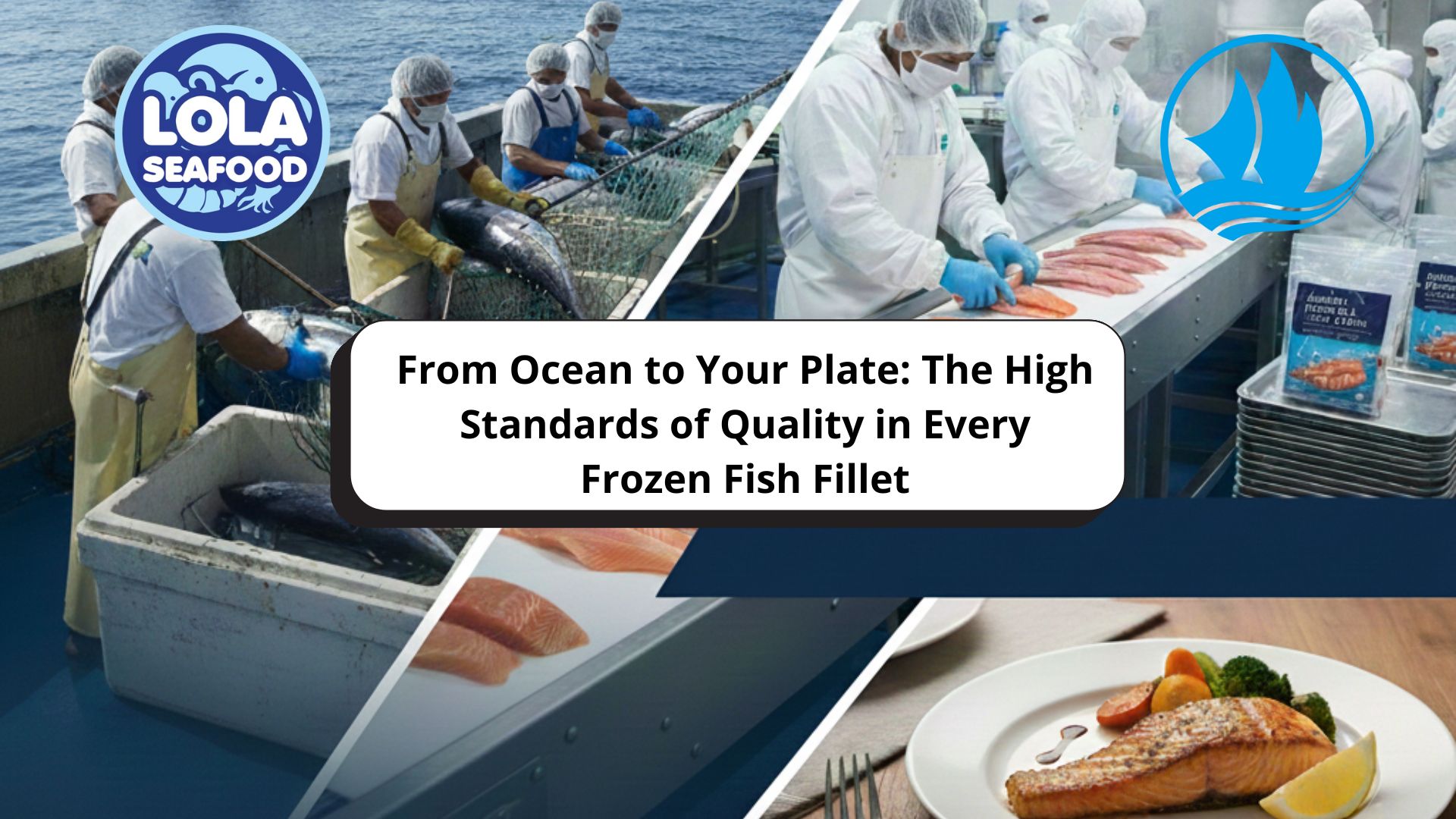
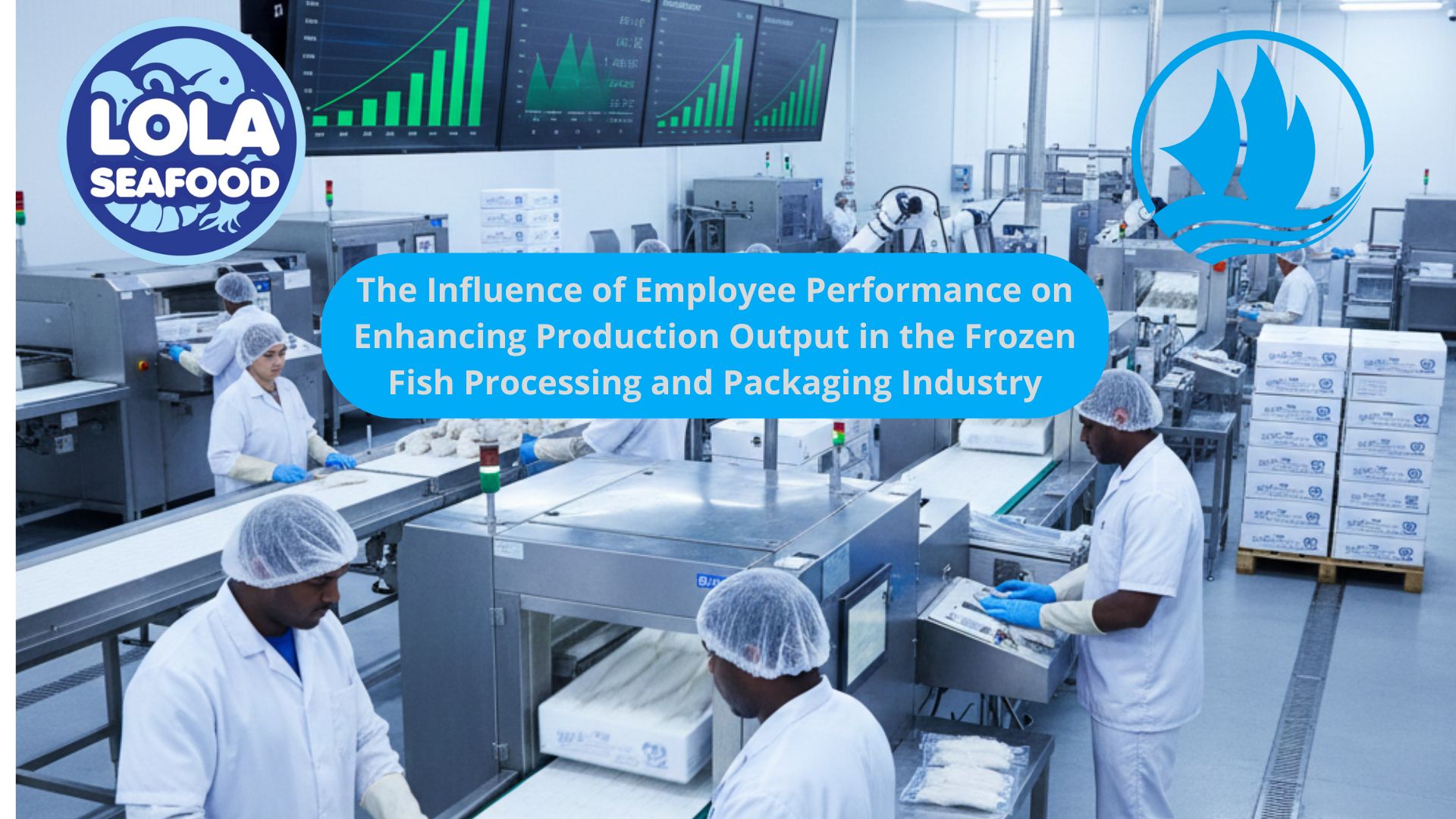
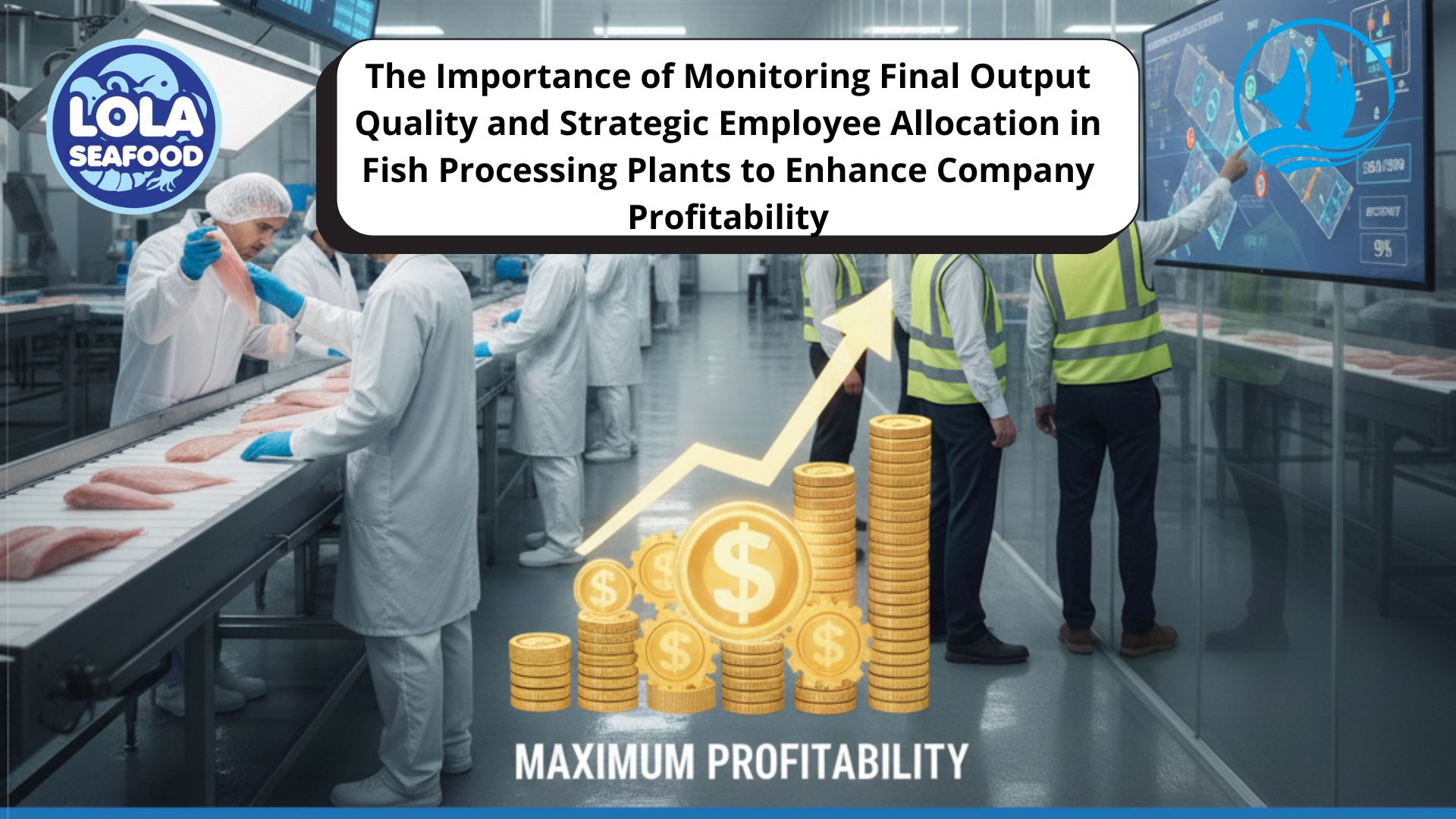
.jpg)
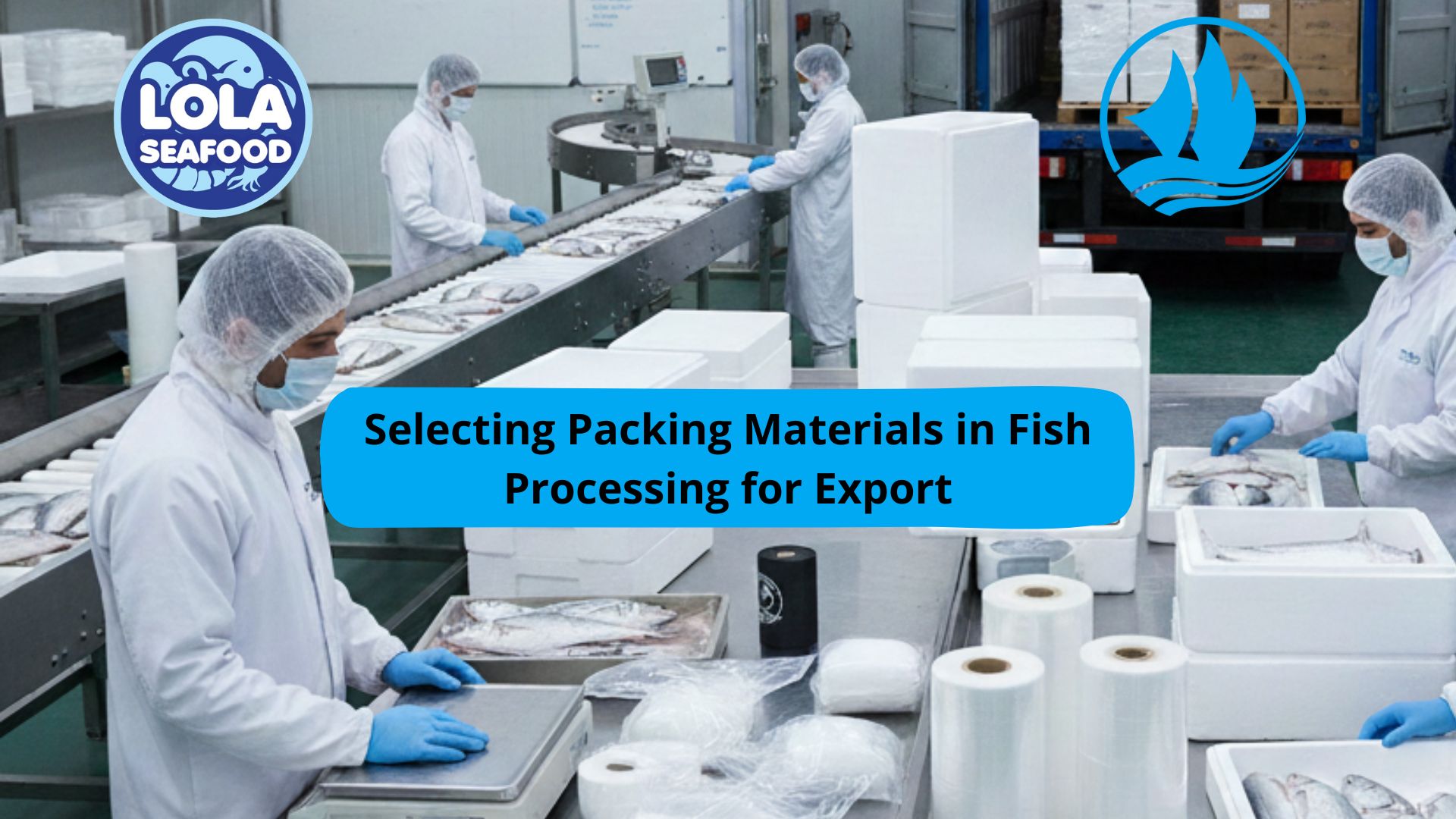
.jpg)
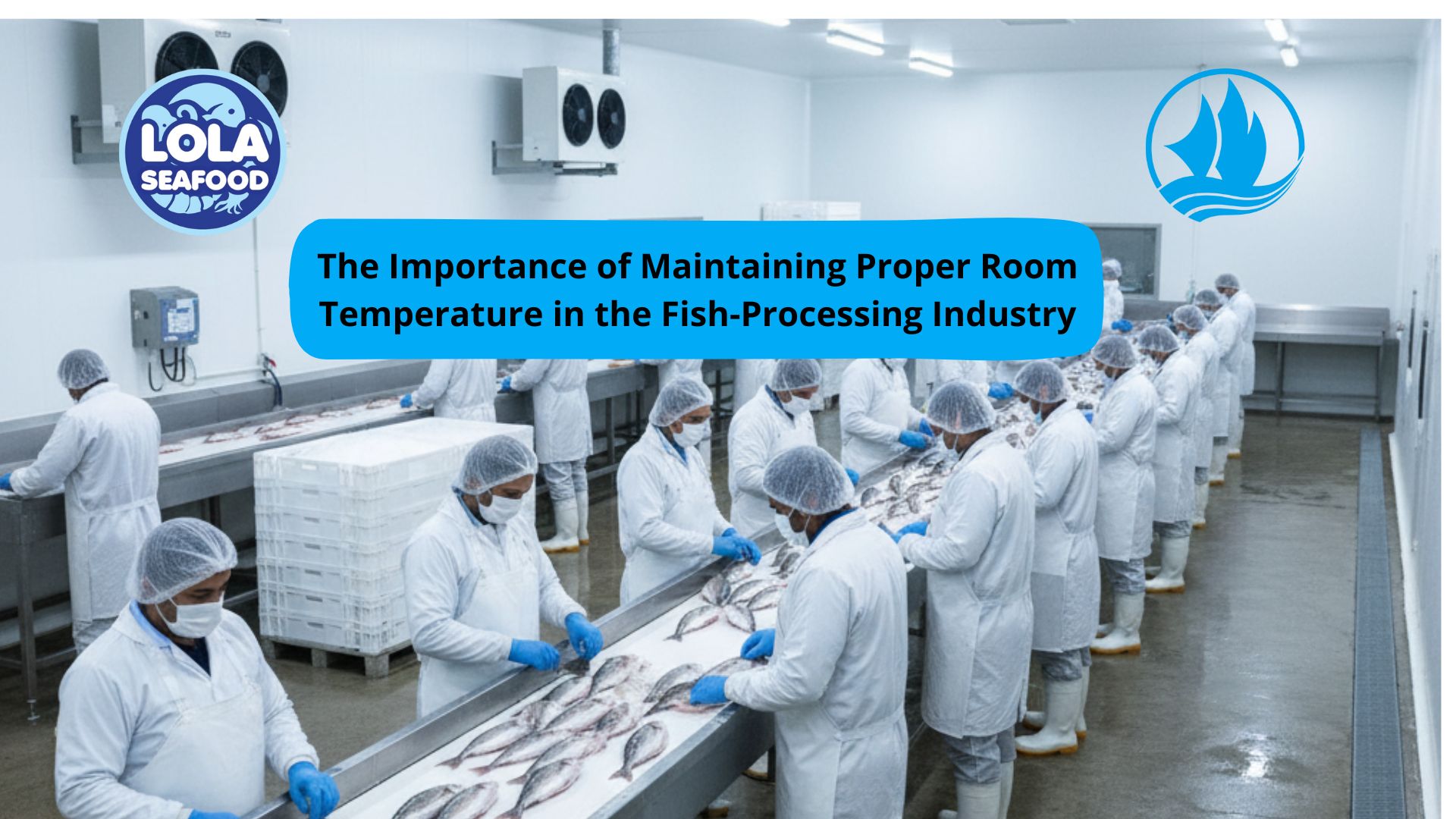
.jpg)